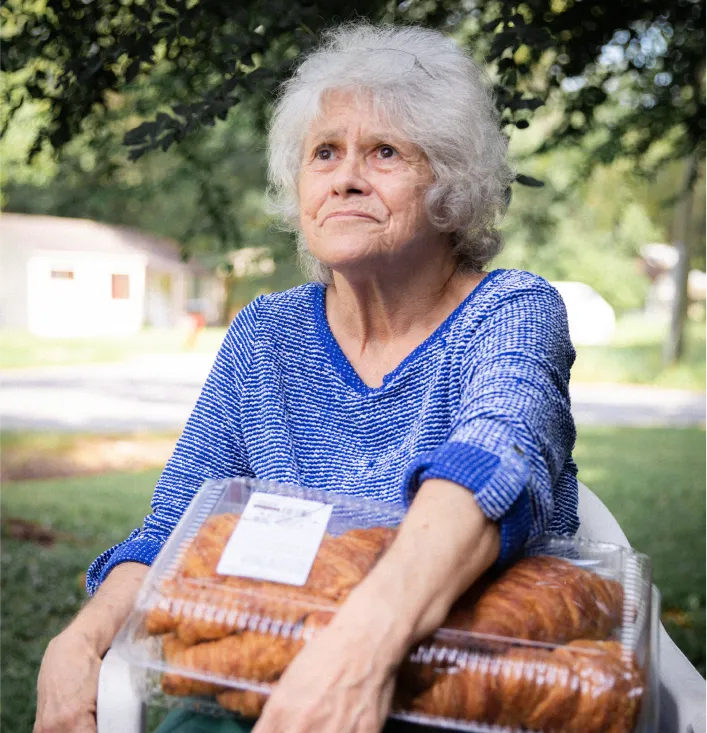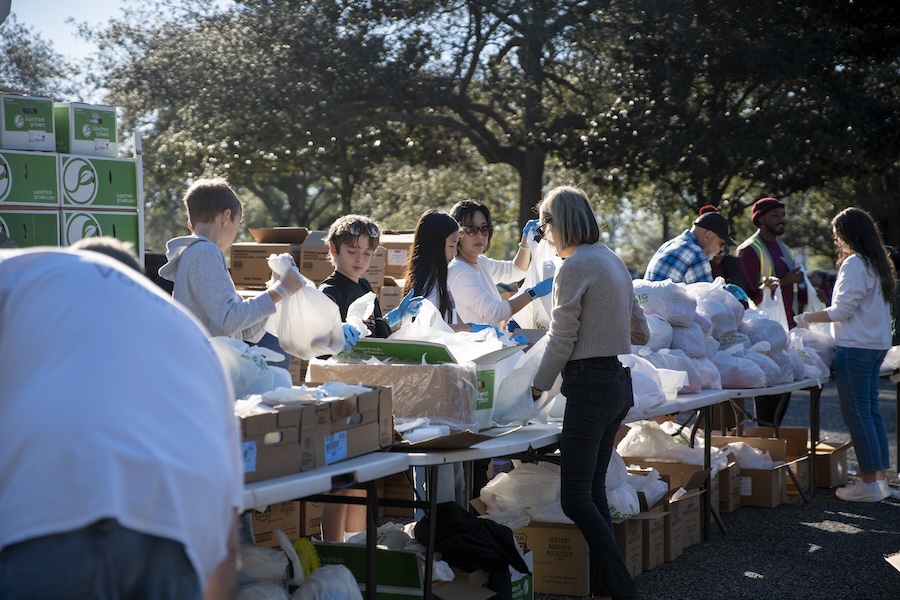Senior hunger is a growing crisis in the United States, affecting millions of older adults nationwide. As inflation grows, so does the senior food gap. Those living on fixed incomes need help keeping up.
Inflation is just one factor. There are also transportation and accessibility issues and an increased number of seniors taking in grandchildren or allowing other family members to live with them. Compounded with rising housing and healthcare costs, seniors often choose between getting groceries or getting the care they need.
Whatever the reason, a significant portion of the senior population struggles with hunger and its unique challenges. This blog will focus on the causes, impacts, and potential solutions to this pressing issue.
The Extent of the Problem
According to a recent report from Meals On Wheels, approximately 9 million seniors, or 15.5% of the senior population, face food insecurity. This means they lacked consistent access to enough food for an active, healthy life. The rate of food insecurity among seniors has steadily increased since the start of the COVID-19 pandemic, highlighting how one crisis can exacerbate already existing vulnerabilities.
Challenges Faced by Food-Insecure Seniors
Food insecurity in seniors can lead to serious health complications. Older adults facing hunger are at a higher risk of developing chronic conditions such as depression, asthma, and diabetes. They are 53% more likely to suffer from a heart attack, 52% more likely to develop asthma, and 40% more likely to experience congestive heart failure.
The issue is more acute among marginalized groups within the senior community. Senior women are more likely to be food insecure than males. Additionally, seniors of color are disproportionately affected; for instance, Black and Hispanic seniors are twice as likely to be food insecure as their white peers.
Barriers to Food Access
Several barriers contribute to high rates of food insecurity among seniors, including:
- Physical and mobility challenges: Many seniors have physical conditions that limit their ability to obtain and prepare food.
- Financial instability: Fixed incomes that do not keep pace with the rising cost of living can make it difficult for seniors to afford adequate food.
- Social isolation: Seniors who are isolated from family or community resources are at a higher risk of experiencing food insecurity.
- Lack of transportation: Many seniors live in food deserts and lack the transportation necessary to access nutritious and fresh foods that are often unavailable within walking distance.
Efforts to Combat Senior Hunger
Organizations like Feeding Northeast Florida are at the forefront of addressing senior hunger. Through our network of food pantries and programs, we provide nutritious food directly to seniors and, when possible, minimize their need to travel or carry heavy groceries.
How You Can Help
Supporting food security among seniors is crucial and can be approached in various ways:
- Volunteer: Whether in our food bank or at a senior center distribution, there are always opportunities to assist with distribution and meal programs.
- Advocate: Support policies that protect and enhance federal nutrition programs like the Supplemental Nutrition Assistance Program (SNAP) and senior-specific initiatives.
- Donate: Feeding Northeast Florida turns every dollar we raise into six meals to help feed the seniors among the 264,000 people facing food insecurity in our community.
Conclusion
The issue of senior hunger is complex and requires a multifaceted approach to ensure that no senior has to choose between food and other necessities. Feeding Northeast Florida remains vigilant in caring for food-insecure seniors in our area, and we are grateful for your continued support in this fight.
Together, we can understand the challenges and shape solutions so that all seniors can access the nutritious food they need to lead healthy, active lives.







